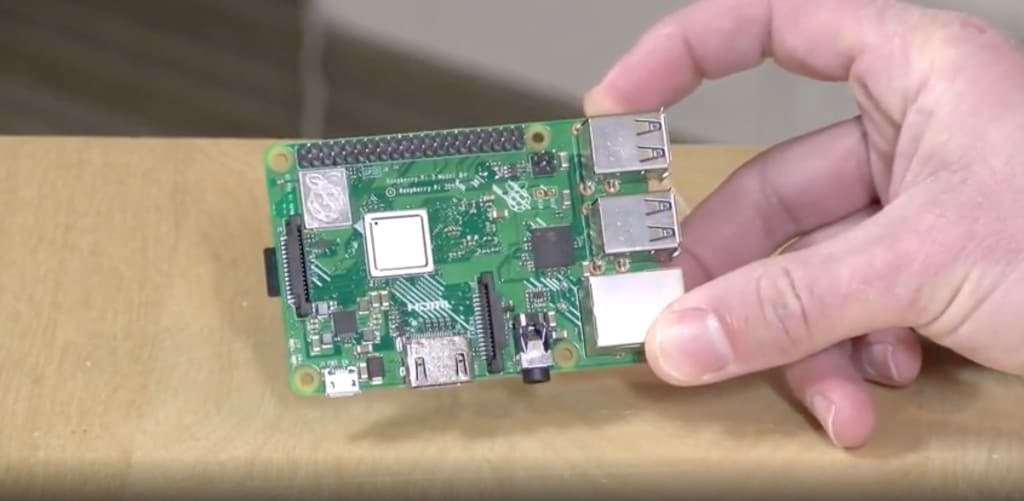How to Program a Raspberry PI Using UC DAVIS C-STEMBIAN
Programming Raspberry PI

Have you ever wanted to have a pocket sized computer that you can take anywhere in the world? Do you not want to spend more than $35, but want a computer that has the speed and power? Then a good computer to buy is the Raspberry Pi 3 B+. Even though Raspberry Pi 4 recently came out in 2019, the Raspberry Pi 3 B+ is still good to use as an affordable/pocket sized computer that has unparalleled speed and power. The only issue is that in order to use this computer, you need to program and build this mini PC.
Note: These instructions are for programming the Raspberry Pi 3 B+ for normal use. If you want to load another image on an SD card for gaming, multi-media PC, etc. Then, you can follow a similar method of programming with a different SD card and program. Also, the Raspberry Pi could also be a great laptop too, but the Small Monitor Drivers take a long time to install and the monitors are low pixel, but I will still include these instructions. The URL'S will be at the end of the article.
Step #1: Download balenaEtcher. This program takes an image and programs it to an SD card. The SD card is used as the hard drive for any Raspberry Pi. If you want to have the Raspberry Pi for gaming, multi-media PC, etc; then get a big SD card with a lot of storage.
Step #2: Find an image to program. An example we will use is the C-STEMbian image provided by UC Davis. After the micro SD has been programmed successfully in balenaEtcher, insert it into the Raspberry PI laptop. By doing so, you will then need to plug the Raspberry Pi into a monitor, power source, keyboard and mouse.
Step #3: Go to the same website from step 2, where we downloaded the CSTEMBian Image from the SD card and follow the directions starting at Step #5 from the website. It will tell you to "Insert the micro SD card with the new image installed on the Raspberry Pi". Keep going on this website and follow all directions, including clicking on links to finish installing.
Step #4: Keep the HDMI to the Raspberry Pi connection on, but power down the Raspberry Pi. Put the Monitor Screen onto the Raspberry Pi while the power is off. Put the power back into the Raspberry Pi. Go to Easy Install, then click on Terminal at the top. Then Right click and Copy the CODE under Easy Install. Then Right click and Paste the CODE onto the Terminal Command Prompt black screen area. Please Pay attention, it will ask you questions, type Y for yes, then enter. This may take a few tries to set up so don't worry too much if there is no image being displayed on the mini monitor.
STEP #5: If you don't have the Raspberry 3.5 mini monitor, this won't necessarily apply, but it is good to learn for future use. After everything is completed and the 3.5 mini screen is working, Open up the terminal on the Raspberry Pi and type below to change from HDMI to small screen
1. cd UCTRONICS_LCD35_RPI
2. sudo ./UCTRONICS_LCD_hdmi
Or if changing from HDMI to small screen, type below and hit enter:
1. cd UCTRONICS_LCD35_RPI
2. sudo ./UCTRONICS_LCD35_install
If these 5 steps are followed correctly, your knowledge on programming and technology will grow and the money saved will be extraordinary. The website used were ( 1. https://www.balena.io/etcher/ ), (2. http://c-stembian.org/download/ ), and (3. https://github.com/UCTRONICS/ UCTRONICS_LCD35_RPI/). So, Good luck and have fun!
About the Creator
Rani Lozano
Follow my Instagram @writer_rl for more updates on stories I write!






Comments
There are no comments for this story
Be the first to respond and start the conversation.